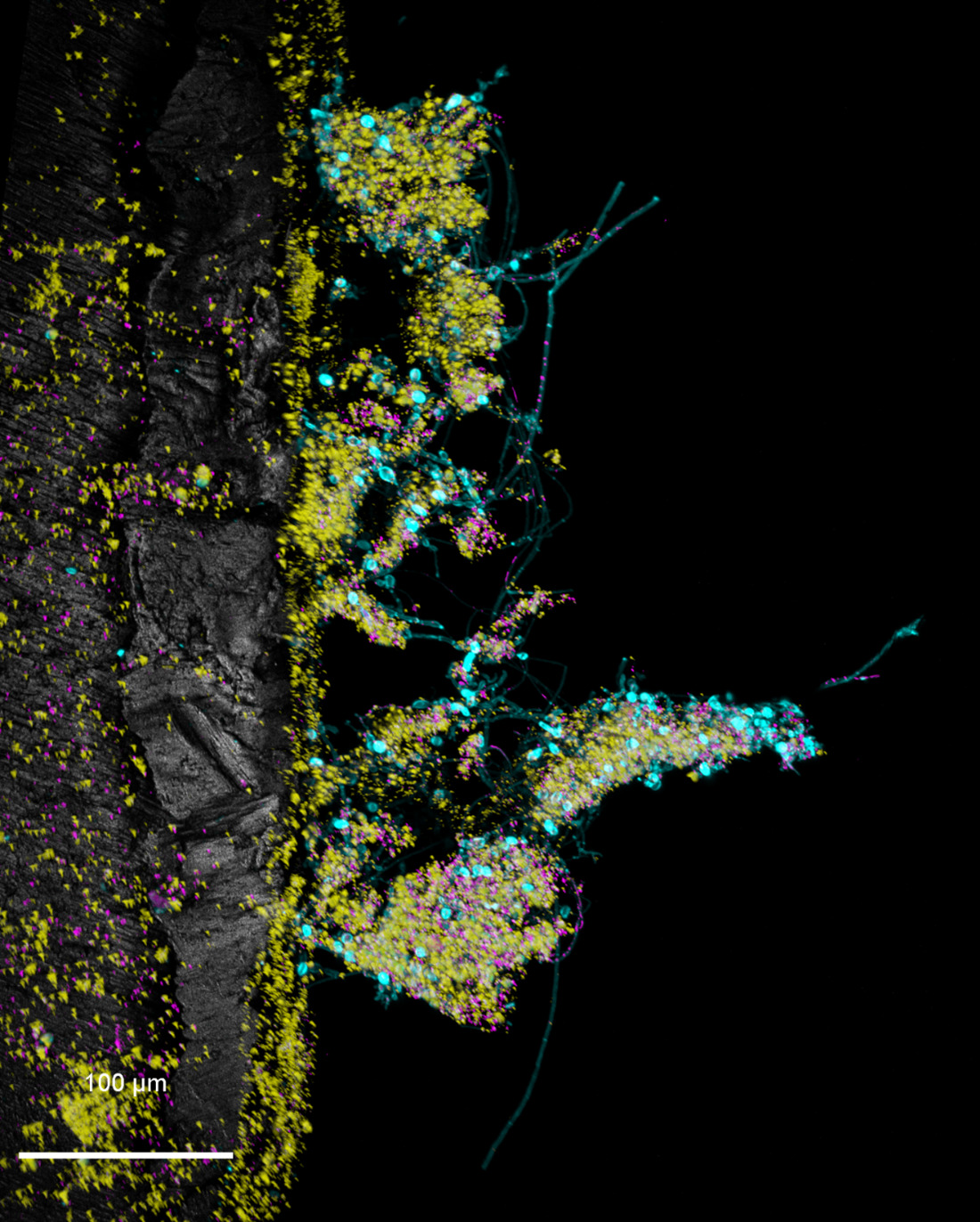Biofilm Remediation Strategies for Fouled Water Systems during Extended Space Flight
2024 - Prof. Phil Stewart

Water is a precious resource in crewed space flight. On the International Space Station, sophisticated physical and chemical processes operate continuously to recover and recycle wastewater to potable water from condensed cabin humidity and urine at a 98% recovery rate. While this system has successfully recovered high-purity potable water for over a decade, microorganisms in high-nutrient regions of this system growing as biofilms can and have fouled tanks and piping, requiring delivery and installation of replacement hardware to resume operation. As the ISS nears the end of its lifetime, we look to similar water systems on Gateway, commercial space stations, and lunar and Martian habitats, in which issues are likely to become more critical when component replacement is no longer a feasible solution. Future systems will additionally experience long periods of system dormancy or shutdown during uncrewed operation that will need to resume operation when the crew returns. The NASA EPSCoR team at the Center for Biofilm Engineering (CBE) at Montana State University is working to identify effective shutdown procedures to prevent fouling and overgrowth in dormant water systems and to expand the toolkit for uncertainties and remediation should fouling and system failure occur.
Our studies utilize a multi-domain biofilm model developed at the CBE using synthetic wastewater and four bacteria and a fungus isolated from the ISS water system. In November of 2023, our team initiated a two-year tube dormancy study to assess microbial survival following six simulated shutdown procedures, including a simple shut-in with and without gas exchange, flushing with potable water, storage with biocides (silver, iodine), and drain/dryout. The experiment has been sampled monthly for a year, and even after 1.25 years of study, abundant biofilm remains in the sealed, stored tubes. A second study, initiated in October 2024, included additional biocides (copper, hydrogen peroxide) at increased concentrations. At six months of storage, more aggressive treatments substantially decrease the microbial load. Our efforts aim to understand biofouling potential as well as provide strategies to prevent or treat these and future water systems.
